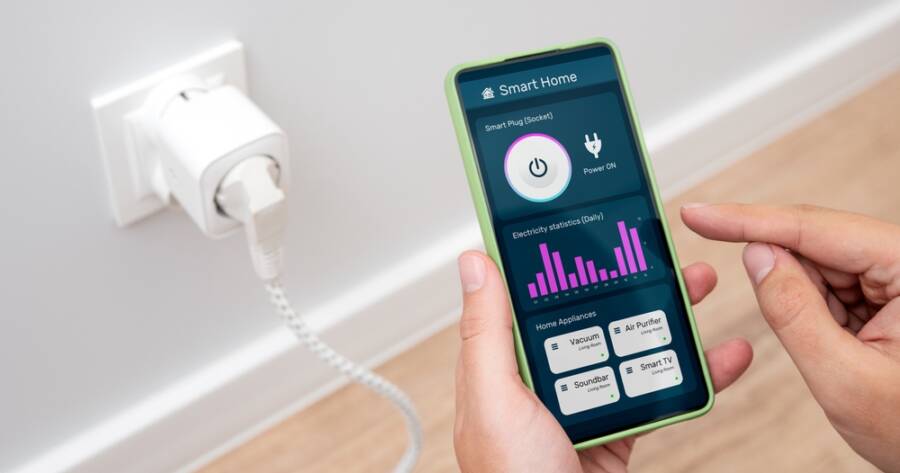Creating a smart home doesn’t have to mean expensive systems or complex installations. With a few affordable tools like smart plugs, voice assistants, and customizable routines, it’s possible to bring automation into daily life without overspending. Simple additions can increase convenience, save time, and even improve energy efficiency—all while offering a personalized touch to how your home operates. Understand how home automation can be achieved on a budget!
Start Simple with Smart Plugs
Smart plugs are one of the easiest and most affordable ways to begin automating your home. These small devices plug into a standard wall outlet and allow you to control anything connected to them through your phone or voice assistant. Lamps, coffee makers, fans, and even Christmas lights can be turned on and off remotely or on a schedule.
The real power of smart plugs lies in their ability to automate everyday tasks. Want your bedroom light to turn on just before your alarm goes off? A smart plug can make that happen. Need to make sure your curling iron is turned off when you leave the house? You can check and control it from your phone.
Many smart plugs also offer features like energy monitoring, helping you understand how much power your devices use and identify ways to save on your electricity bill. For renters or homeowners who want to upgrade their space without wiring or remodeling, smart plugs are a perfect entry point.
Get a Voice Assistant for Hands-Free Help
Voice assistants like Amazon Alexa, Google Assistant, and Apple’s Siri bring the heart of automation to your home. These devices let you control your smart gadgets using simple voice commands, from turning off the lights to playing your favorite playlist. Most importantly, they act as the hub that connects all your smart home tools together.
Once you have a voice assistant set up, you can use it to build routines, answer questions, create reminders, or even control your thermostat—depending on which other smart devices you add over time. These assistants continue to improve and support an increasing number of third-party products, making them a reliable centerpiece for your budget-friendly setup.
One of the best parts of using a voice assistant is the added accessibility and convenience. Whether you’re cooking, working, or getting ready for bed, you can control your environment without lifting a finger. For busy families or people with limited mobility, that convenience can be a game changer.
Automate with Routines and Schedules
Routines are where the magic of automation really comes to life. Most voice assistant apps allow you to create routines that trigger a series of actions based on a single command or condition. For example, saying “Good morning” might turn on the lights, read the weather, and start the coffee pot—all at once.
You can also set routines to run on a schedule. Maybe you want your porch light to turn on at sunset and off at sunrise. Or perhaps you’d like the living room fan to switch off automatically after bedtime. These routines not only save time but also help reduce energy use and improve home safety.
Setting up routines typically requires just a few taps in an app. It’s one of the most cost-effective ways to get the feel of a smart home without buying dozens of new devices. By combining smart plugs and voice assistants with thoughtful routines, you can automate your environment in a way that fits your lifestyle.
Expand as You Go
One of the great benefits of starting your home automation journey with budget-friendly tools is that you can grow your system over time. As you become more familiar with how things work, you may want to add smart bulbs, thermostats, motion sensors, or security cameras. These additions can be layered on gradually without needing to replace your earlier investments.
Compatibility is key when expanding. Try to stick with products that work well with your chosen voice assistant or platform. Most major brands clearly label whether they work with Alexa, Google Assistant, or Apple HomeKit.
Even with a modest setup, you’ll quickly notice how automation improves your daily routine. Tasks become simpler, reminders become automatic, and your home starts to adapt to your needs—without breaking the bank.
Smart Living Without the High Price Tag
You don’t need a tech-savvy background or a big budget to enjoy the benefits of home automation. Starting with smart plugs, a voice assistant, and some simple routines can help you build a more responsive and efficient living space.
As your needs grow, your smart home can grow too—one small upgrade at a time. Whether you’re saving time, reducing energy use, or just making life a little easier, these tools show that smart living is within everyone’s reach. With the right setup, your home can be both smarter and more personal—without emptying your wallet.

